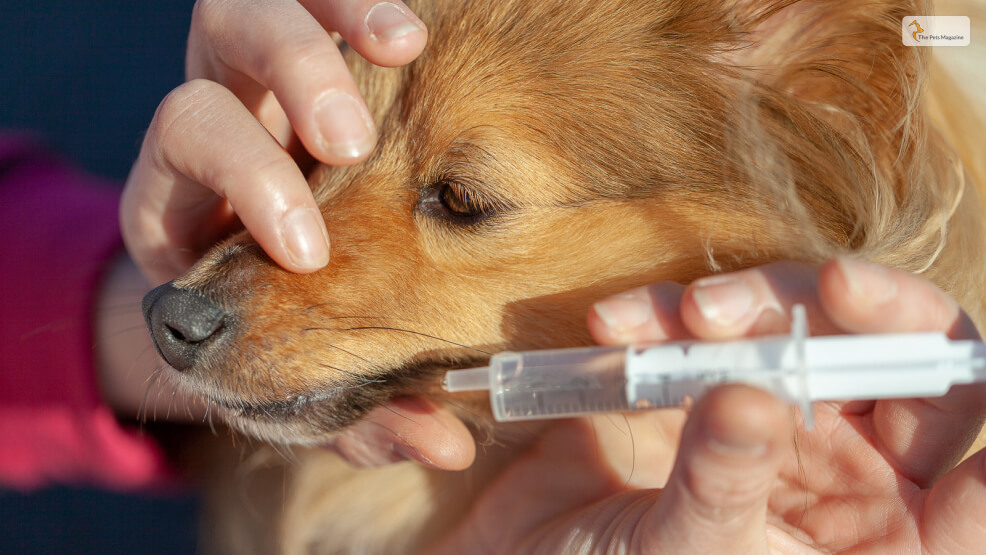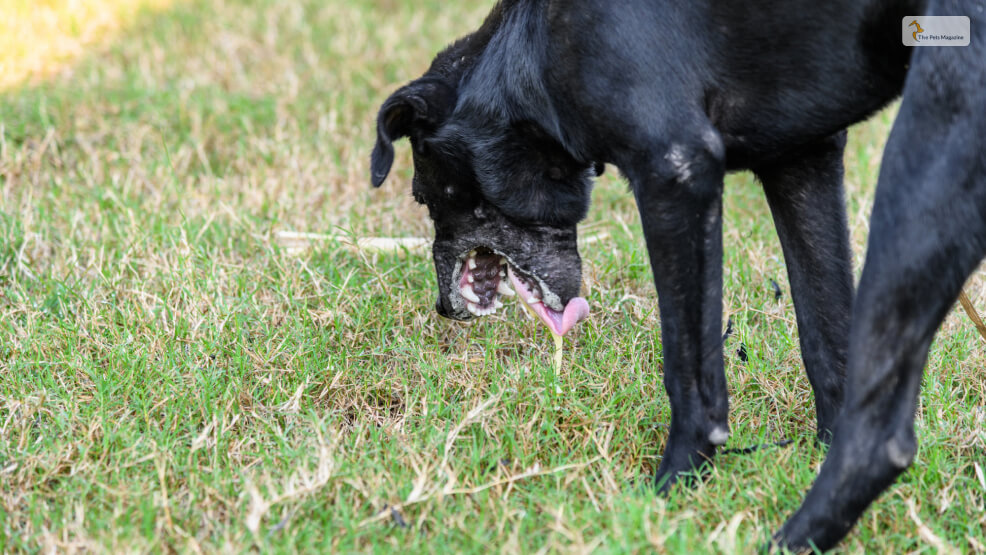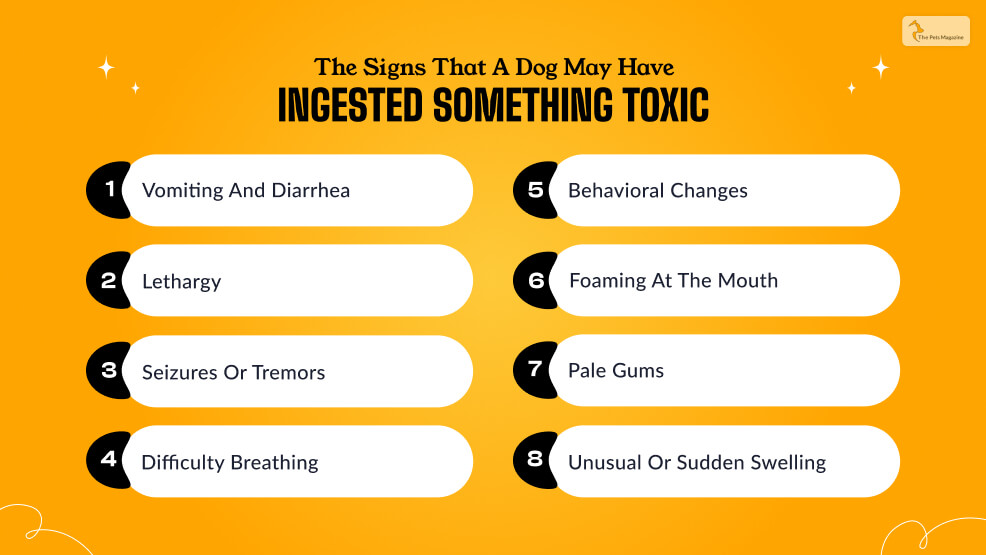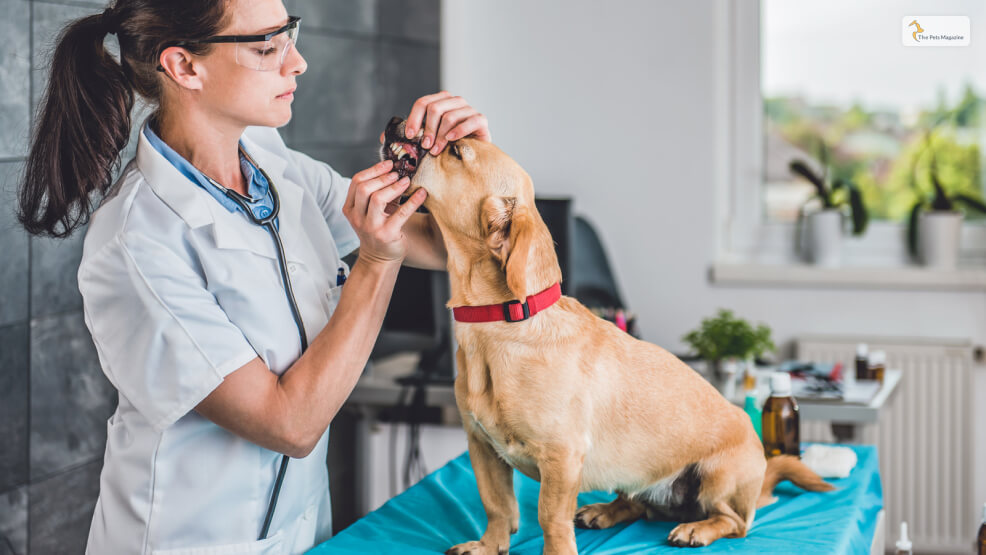Emergency First Aid: How to Make a Dog Throw Up Quickly and Safely


Dogs are curious creatures by nature, and they try to satiate their curiosity by sniffing, licking, and in some cases eating everything that is in their sight. But sometimes, our beloved fur babies can end up swallowing things that can quite literally kill them, like chocolates or pesticides. In such a situation, making them vomit is the only way to save their lives.
This is why it is important for every dog parent to know how to make a dog throw up as emergency first aid. In this article, we will tell you all that you need to know about how to and when not to make a dog throw up.
What to Use to Make Your Dog Vomit?

If you are wondering how to make a dog throw up, then read on. Hydrogen Peroxide 3-percent solution is most commonly used to make a dog throw up. It is an easily available topical antiseptic that most of us will have at home, in our medicine cabinet.
You need to orally administer Hydrogen Peroxide to your dog. It will act as an irritant in your dog’s intestinal tract and takes around 10-15 mins to induce vomit. Usually, the vomiting will last for up to 45 minutes and recover up to 50 percent of swallowed content in your dog’s stomach.
Currently, 3% hydrogen peroxide is the only recommended method that should be used to make a dog throw up at home. Please avoid the following methods that are sometimes suggested on the internet to induce vomiting in dogs –
- Don’t use large amounts of salt to make a dog throw up. This can cause your dog’s sodium level to suddenly shoot up, causing an array of health issues. This includes tremors, seizures, hypernatremia, and even coma.
- Don’t use mustard to make a dog throw up.
- Avoid sticking your fingers down your dog’s throat to make him/her throw up. Your dog may feel threatened or scared and bite you on reflex.
- Avoid using syrup of Ipecac to make your dog throw up. It is an outdated method and causes a lot of health issues, such as abnormal heart rhythm and slow heartbeat.
When to Make My Dog Throw Up?

You can make your dog throw up at home if they have swallowed –
- Non-food items like socks, dishcloth, underwear, candy wrappers, squeaky toy
- Food items that are poisonous for them, such as grapes, raisins, chocolate, garlic, and onions
- Human medications like vitamins, ibuprofen, cold and flu products, pain relievers, antidepressants, marijuana, and the like
- Veterinary medication
- Chemical poisons like rat poison, antifreeze, herbicide, pesticides
What Are the Signs That a Dog May Have Ingested Something Toxic and Require Immediate Attention?

Along with knowing when to make your dog throw up, you should also know about the signs that a dog may have ingested something toxic and require immediate attention. These are as follows:
If you suspect your dog has ingested something toxic, it’s crucial to act quickly. Here are some common signs that may indicate poisoning and require immediate veterinary attention:
- Vomiting and Diarrhea: These are often the first signs of poisoning. The vomit or diarrhea may contain blood.
- Lethargy: A sudden lack of energy or unusual tiredness can be a sign that something is wrong.
- Seizures or Tremors: These neurological symptoms can indicate severe poisoning.
- Difficulty Breathing: Labored or rapid breathing is a serious sign that requires immediate attention.
- Behavioral Changes: This can include anything from hyperactivity to unsteadiness when standing or walking.
- Foaming at the Mouth: This can be a sign of ingestion of certain toxins.
- Pale Gums: This can indicate internal bleeding or severe anemia.
- Unusual Swelling: Swelling, especially around the face or throat, can indicate an allergic reaction to a toxin.
Steps to Follow to Make Your Dog Throw Up
Inducing vomiting in a dog is an emergency medical treatment that should only be performed if the dog has ingested toxic or harmful substances. Ideally, it should be carried out by experienced professionals at the vet’s clinic or an animal hospital. So, If your dog has consumed something harmful or fatal, contact your vet immediately and explain the situation.

Your veterinarian will be able to advise you on the best course of action – whether you need to induce vomiting at home or take your dog to the vet’s clinic. If time is of the essence and your vet tells you to induce vomiting in your dog at home, here’s what you should do –
Step 1: If your dog hasn’t eaten anything in over 2 hours, then give him/her a small amount of food before administering hydrogen peroxide. It will make it easier for them to vomit.
Step 2: Make sure that the concentration of the hydrogen peroxide solution you are using is not more than 3%. This is a crucial step, as administering a higher concentration of hydrogen peroxide can be toxic for your dog.
Step 3: In order for hydrogen peroxide to be effective, you need to administer the proper dosage to your dog. As per AKC (American Kennel Club), the recommended dose is 1 teaspoon per five pounds of your dog’s body weight or 1 ml per pound of the dog’s body weight. This means that a dog weighing around 45 pounds will need around 45 ml or 3 tablespoons of hydrogen peroxide.
Step 4: Use a feeding syringe to squirt the solution into your dog’s mouth. You can either squirt the liquid from the front so that it reaches the back of your dog’s mouth or tongue or pull back his/her lips and inject it between his back teeth.
Step 5: Keep them still when you are injecting the solution into your dog. You need to make sure that your dog does not inhale the hydrogen peroxide solution as it can cause aspiration pneumonia, which is a serious condition.
Step 6: Wait for 15 minutes after administering the hydrogen peroxide solution. If your dog does not start vomiting within the first 15 minutes, you can inject a second dose. But DO NOT give your dog more than 2 doses.
Step 7: The vomiting can go on for up to 45 minutes. Make sure your dog is in a comfortable place while vomiting. However gross it may be, don’t leave your dog while they are vomiting, and don’t allow them to eat the vomit.
Closely monitor your dog after they are done vomiting. Check for signs of bloating, diarrhea, lethargy, or any other uncharacteristic behavior. Call your vet immediately if your dog is exhibiting any one of these signs.
Even though 3% hydrogen peroxide is safe for your dogs, it can still cause irritation in your dog’s digestive lining. Hence after making your dog throw up at home, you should take them for a check-up at the vet’s clinic. Your vet will prescribe suitable medications and diet for your dog that will help soothe his/her stomach.
When Should I Not Make My Dog Throw Up?

You should always consult your vet before you make your dog throw up. This is different from finding out stuff like why do dogs eat grass. Because in certain situations, vomiting can do more harm than good. We have talked about some of these situations below –
Chemicals
Do not make a dog throw up if he or she has ingested corrosive chemicals like bleach, batteries, drain cleaner, etc. It can cause more damage if it passes through the esophagus and mouth again during vomiting. It can also cause ulcerations or lesions if you make your dog throw up.
Sharp or solid objects
If your dog has swallowed sharp or solid objects like a plastic toy or a knife, do not make him/her throw up at home. Solid or sharp objects will cause more damage to the esophagus if vomiting is induced.
Pre-existing health issues
Avoid making your dog throw up at home if your dog has pre-existing health conditions like an abnormal airway, abnormal esophagus, or collapsing trachea. Some breeds of dogs, like Pugs, Boston Terriers, boxers, Shih-Tzus, and English bulldogs, are at higher risk for aspiration pneumonia because of their smushed faces and short noses.
You should not also try to make your dog vomit if they are prone to seizures, have difficulty swallowing and/or breathing, feel extremely lethargic, or are already comatose. If your dog has had surgery recently (especially abdominal), inducing vomiting will not be safe for them.
Intoxication
Do not induce vomiting in your dog if he or he is intoxicated. In case of intoxication, your dog will require a different type of treatment, such as IV fluids and activated charcoal.
Timing
Timing is one of the most important factors that you need to consider before making your dog throw up at home. If it has already been more than two hours after your dog has swallowed something toxic, then there is no use trying to make him throw up. Because by then, the ingested substance has passed from the stomach to the small intestine. When this happens, you need to call your vet to ask for the next course of action.
Why is My Puppy Throwing Up?
Puppy throwing up is a common concern shared by all first-time dog parents. Puppies are just beginning to explore the world around them, and while doing so, they might consume things that are inedible.

In such a situation, they will vomit the things right back up. It is just a natural defense mechanism preventing them from accidentally digesting things that they are not supposed to.
Puppies with sensitive digestive systems also vomit a lot. In that case, you should contact your vet, who will be able to recommend a suitable diet for your pooch. Some puppies have a voracious appetite and eat very quickly, which causes the food to come back again. First-time dog parents can fix this issue by using a slow-feeder food bowl.
Alternative emergency first aid procedures in case a dog has ingested something harmful?
Do not ever induce vomiting in dogs without the guidance of a veterinarian or poison control expert. This is because some substances can cause more harm if vomited. Here are some things you can do instead:
- Administer Activated Charcoal: If advised by a professional, you may give your dog activated charcoal to help absorb the toxin.
- Flush Skin or Eyes: If the toxin is on your dog’s skin or in their eyes, rinse the affected area with plenty of water to remove the substance.
- Keep Your Dog Calm and Comfortable: Try to keep your dog calm and prevent them from moving around too much. This can help reduce the spread of the toxin in their system.
Summing up
No matter what you do, dogs will eat whatever they want to. It will not be possible for you to monitor them closely all the time. You can try to stop them from eating by teaching them to train them with words like ‘drop it’ and ‘leave it.’ You can also try distracting them from chewing and eating by buying them things that are safe for them, like tasty treats and squeaky toys.
Do you have any other way to stop your dog from eating everything? What do you do when your dog vomits? Tell us in the comments below.








All Comments
18 May, 2024
I’m no longer positive where you're getting your info, however great topic. I needs to spend a while learning more or figuring out more. Thanks for excellent info I used to be searching for this info for my mission.
Reply
20 May, 2024
I really enjoy examining on this internet site, it has got excellent content.
Reply